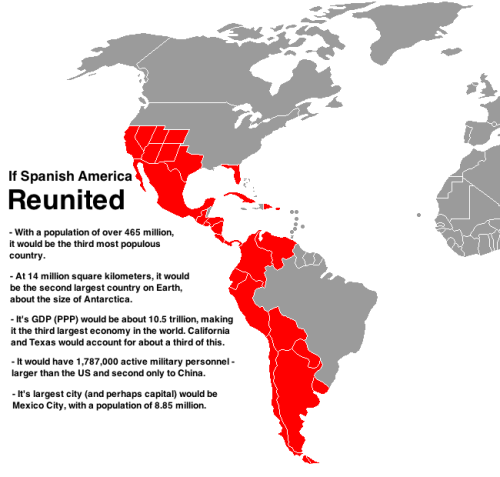
To answer this, we investigate how stream and groundwater DOC concentrations, low molecular weight DOC (LMW DOC), carbon/nitrogen (C/N) ratio, and specific UV absorbance at 254 nm (SUVA 254) respond to summer low flow conditions over 17-years in 13 nested catchments that differ in size and land cover. Here we ask how the severity of summer drought episodes drives seasonal patterns of DOC quantity and quality in a boreal stream network.

Such biogeochemical and microbial changes can alter the pool of organic matter and become mobilized when flow resumes. However, less is known about how the amount, timing, and chemical character of DOC are altered by seasonal drought episodes, which reduce lateral connectivity, but also set the stage for biogeochemical and microbial processes in dry and disconnected soils 21, 22, 23. In this way, the timing of high flows, together with temperature-driven changes in soil processes, can shape the overall seasonality of DOC supply to streams 19, 20. It is generally recognized that elevated flows promote DOC supply by strengthening connections between these terrestrial sources and streams 18. Given this variety of important functions, environmental changes that alter the amount and characteristics of DOC supplied to aquatic systems could have wide-ranging consequences for northern aquatic ecosystems.ĭOC production and mobility in landscapes are driven by the combination of soil biogeochemical processes and the strength and timing of hydrological connections across terrestrial source areas 15, 16, groundwater systems, and stream channels 17. Further, variation in DOC ‘quality’, as represented by shifts in the composition of organic compounds and their degree of biological reactivity, can regulate aquatic ecosystem processes, including rates of microbial metabolism 13 and nutrient transformations 14. DOC supply from soils influences the transport and bioavailability of heavy metals and anthropogenic organic compounds 11, represents the main energy source for aquatic food webs 9 and promotes the production of harmful byproducts of chlorine disinfection during drinking water sanitization 12.

Northern streams and lakes are typified by high concentrations of terrestrially-derived dissolved organic carbon (DOC) which plays multiple geochemical 8, biogeochemical 9, and ecological roles 10 and is thus an important indicator of water quality. Yet, given the vast pools of organic matter that can be hydrologically mobilized in high latitude soils 7, potential increases in drought frequency and intensified drying-rewetting cycles are likely to have pronounced effects on streams and rivers draining boreal and Arctic landscapes. By comparison, the potential consequences of such hydrological change for aquatic ecosystems and biogeochemical processes in cold, northern biomes remains poorly investigated 6. Further, what we do know about the effects of drought and rewetting on aquatic ecosystems comes largely from research in biomes where such events are historically common 2, 4, 5. Although the consequences of amplified drying-wetting cycles for soil microbial processes and carbon (C) cycling on land have received much attention 2, 3 less is known about how these events are propagated across land-water boundaries to influence aquatic ecosystems and water quality. Ongoing climate change is expected to result in more extreme weather conditions that give rise to hydrological drought and a greater frequency of drying-rewetting events in terrestrial and aquatic ecosystems 1.


Collectively, our results indicate that summer drought causes a fundamental shift in the seasonal distribution of DOC concentrations and character, which together operate as primary controls over the ecological and biogeochemical functioning of northern aquatic ecosystems. Contrary to expectations, clearest drought effects were observed in larger watersheds, whereas responses were most muted in smaller, peatland-dominated catchments. Concurrent changes in DOC optical properties and chemical character suggest that seasonal drying and rewetting trigger soil processes that alter the forms of carbon supplied to streams. Protracted periods of drought reduced DOC concentrations in all catchments but also led to large stream DOC pulses upon rewetting. Here we use a 17-year record from 13 nested boreal streams to examine direct and lagged effects of summer drought on the quantity and quality of dissolved organic carbon (DOC) inputs from catchment soils. One likely consequence of global climate change is an increased frequency and intensity of droughts at high latitudes.


 0 kommentar(er)
0 kommentar(er)
